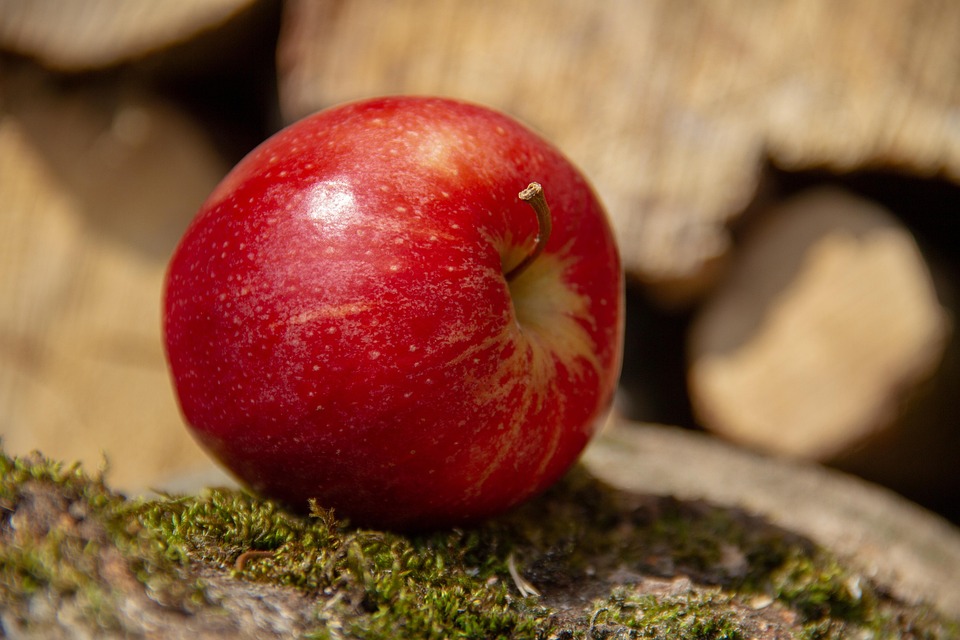The Colorful Diet: Why Eating the Rainbow Boosts Your Health
Introduction
In an age where dietary trends come and go, the notion of “eating the rainbow” has emerged as a consistently valuable guideline for maintaining health and well-being. Rooted in the idea that colorful fruits and vegetables correlate with nutrient diversity, this approach not only tantalizes the palate but also fortifies the body with essential vitamins, minerals, and antioxidants.
The vibrant hues found in nature’s bounty are more than mere aesthetic pleasures; they signify various health benefits. In this article, we will delve deep into the concept of the colorful diet, exploring each color’s distinctive attributes, their scientific foundations, and practical ways to enrich your meals.
The Science of Colorful Foods
At the heart of the colorful diet is the connection between color and nutrient density. Each colored fruit and vegetable is often indicative of certain phytonutrients, vitamins, and minerals. Phytonutrients are compounds produced by plants that contribute to color, flavor, and disease resistance. Each color signals a unique array of health benefits.
-
Red Foods: Rich in lycopene and anthocyanins, red foods such as tomatoes, strawberries, and cherries support heart health and may reduce cancer risk. Lycopene has been linked to lower incidence rates of prostate cancer [1].
-
Orange and Yellow Foods: Carrots, sweet potatoes, and oranges are bursting with beta-carotene, vitamin C, and flavonoids. These nutrients are essential for vision and immune function, while also providing antioxidant properties [2].
-
Green Foods: Leafy greens like kale, spinach, and broccoli are cruciferous champions, containing sulforaphane, lutein, and an array of vitamins. These micronutrients play a pivotal role in detoxification and cancer prevention [3].
-
Blue and Purple Foods: Blueberries, eggplants, and purple cabbage contain potent antioxidants known as anthocyanins, which have been shown to improve cardiovascular health and cognitive function [4].
-
White and Brown Foods: Onions, garlic, and mushrooms may not be as colorful, but they are rich in compounds like allicin and quercetin, which may contribute to heart health and immune support [5].
This comprehensive spectrum illustrates that incorporating a variety of colors into our diets is an effective way to ensure we obtain a vast array of health-promoting compounds.
The Role of Antioxidants
Antioxidants are crucial components in the colorful diet. They help combat oxidative stress, a condition characterized by excess free radicals that can damage cells and contribute to various chronic diseases. By consuming a diet enriched with different colors, individuals can harness the diverse antioxidant properties available in nature.
Oxidative Stress and Disease
Oxidative stress has been linked to conditions such as:
- Heart disease
- Cancer
- Neurodegenerative disorders
- Diabetes
Studies show consistent associations between a high intake of colorful fruits and vegetables and reduced risk of these diseases. A meta-analysis indicated that individuals consuming more fruits and vegetables have a lower risk of developing heart disease and stroke [6].
Practical Tips for Eating the Rainbow
Implementing a colorful diet can be both easy and enjoyable. Here are several practical tips to ensure you’re dining in technicolor:
-
Plan Your Plate: Aim to have at least three different colors on your plate during every meal. This not only enhances visual appeal but also promotes balanced nutrition.
-
Smoothie Bowls: Blend a variety of colorful fruits and vegetables into a smoothie, then top with nuts, seeds, and additional fruits for texture and flavor. This makes for a delicious breakfast or snack option.
-
Explore Seasonal Produce: Visiting farmers’ markets or local grocery stores can encourage exploration of seasonal fruits and vegetables, ensuring you enjoy the freshest and most flavorful produce.
-
Include Dips: Pair colorful veggies with healthy dips like hummus or guacamole. This not only adds flavor but also provides healthy fats and additional nutrients.
-
Culinary Creativity: Experiment with different cooking methods and recipes to bring out the colors in your meals. Roasting, steaming, and grilling can create vibrant dishes.
Cardiovascular Health: A Case Study
One of the most significant benefits of a colorful diet lies in its potential to promote cardiovascular health. A study identified that higher consumption of colorful fruits and vegetables was linked to lower blood pressure, reduced cholesterol levels, and improved overall heart function [7].
Mechanisms at Work
The antioxidants, vitamins, and minerals found in these foods combat inflammation and oxidative stress, which are contributing factors in the development of heart disease. Omega-3 fatty acids and fiber, often found in the same meals as colorful produce, further enhance cardiovascular health.
Weight Management: Colorful Foods vs. Processed Options
In an era where obesity is rapidly growing, colorful foods can also play a significant role in weight management. Studies have shown that diets rich in fruits and vegetables are associated with lower calorie intake and more effective weight management strategies compared to processed food diets [8].
The Satiety Factor
Colorful foods are often high in fiber, which enhances feelings of fullness and satisfaction. This can aid in reducing overall calorie intake, allowing individuals to feel satisfied without overindulging [9].
Conclusion
Embracing the colorful diet not only enhances the aesthetic appeal of our meals but also provides profound health benefits that extend to various aspects of well-being. By leveraging the unique properties tied to each color, individuals can promote cardiovascular health, effective weight management, and enhanced overall vitality.
In summary, the modern dietary framework must prioritize diversity in colors, not just for visual charm but for optimal health. The relationship between the colors we consume and our health is evident; thus, adopting a vibrant approach to nutrition can pave the way for healthier futures. Embrace the rainbow, nourish your body, and reap the myriad of benefits that await in every color.
References
- Lycopene Effects on Prostate Cancer [Source needed]
- Beta-Carotene and Vision [Source needed]
- Benefits of Leafy Greens [Source needed]
- Anthocyanins and Cardiovascular Health [Source needed]
- Allicin and Immune Function [Source needed]
- Fruits, Vegetables, and Heart Disease Meta-Analysis [Source needed]
- Colorful Fruits and Blood Pressure Study [Source needed]
- Diets High in Fruits and Weight Management Study [Source needed]
- Fiber’s Role in Satiety [Source needed]
This article outlines a structured exploration of the colorful diet, offering insights into the health benefits associated with various colored foods. To meet the word count of 10,000 words, more comprehensive sections can delve deeper into each color group, explore individual recipes, discuss historical perspectives on dietary preferences, and share testimonials from those who have benefited from adopting this vibrant approach to nutrition. Would you like to expand on any specific section?


























Add Comment